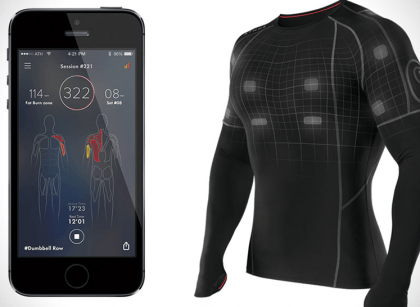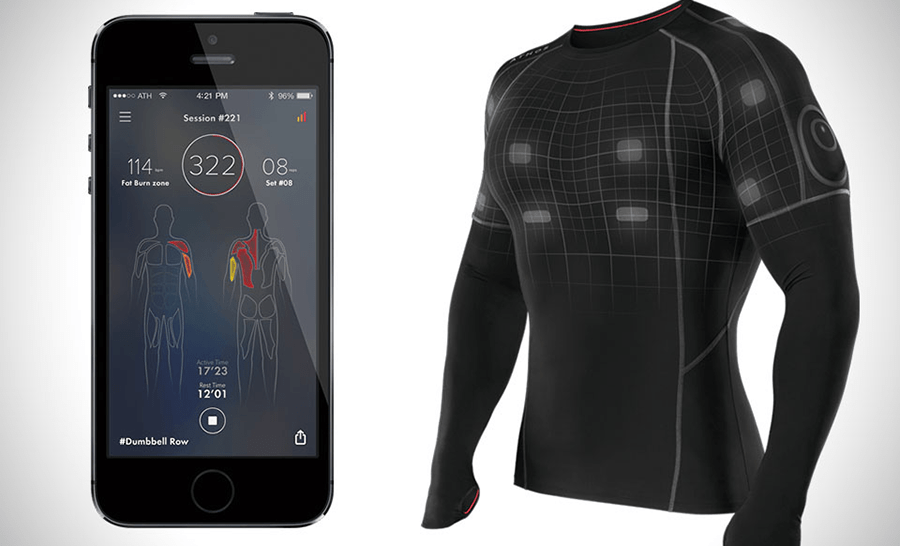What is Smart clothing Technology?
Smart clothing is simply defined as the integration of IoT tech in the design and manufacturing of traditional (normal) fabrics.
Smart clothes are traditional wears with smart devices like sensors woven into them.
Another area of smart clothing relates to sensory processing. Clothing can have different textures depending on the type of fabric and its intended purpose.
Other names for Smart clothes are high tech clothes, smart wear, smart fabrics, electronic fabrics, e-textile, smart textiles, e-clothes, e-wear, smart garments, etc.
Smart Clothing Technology and Application examples
Smart clothing technology is an emerging technology in the fashion industry and top wear companies are making smart clothes for athletes, the military, specialized people in society, and the public.
The new smart clothes can do more than to simply protect your body from harsh elements; they can also provide you with improved sensory input, enhanced mobility, and safety features.
Smart clothes for example can help prevent children from danger, help to manage mentally or physically impaired individuals, and so on.
Specialized smart fabrics that provide sensory processing benefits include neoprene, which is extremely flexible and soft.
Also, spandex, which can allow your skin to breathe; and bamboo, which has been known to inhibit the spread of bacteria and has anti-bacterial properties.
Other examples of smart fabrics include cotton fibers, which can help regulate temperature and moisture, and nylon, which can reduce abrasions and other reactions that can damage your skin.
Advantages of Smart cloth technology
There are of course advantages of smart cloth technology as well as the disadvantages or challenges facing the clothing industry.
This new generation of garments is not only designed to be fashionable but also to improve your health and well-being.
For example, smart clothes can help to manage lifestyle diseases such as diabetes or blood pressure. It can also help to prevent illnesses or manage your body system.
It can also ward off toxic and infectious materials from your body.
All these can help medical patients to manage their health issues without having to visit their doctors every time.
It improves the quality of life and helps to manage health issues better.
- Improved quality of clothes
It helps to improve the fabrics and materials that they use in the manufacturing process.
Smart polyester that can be used for the majority of textiles also provides superior breathability and moisture-control features.
Another advantage of smart clothing technology involves the incorporation of stronger and lighter fabrics, such as denim, which provide better protection and comfort.
There are benefits these wearable items present in areas such as reducing our carbon footprint or helping to promote healthy urban spaces.
Not only this, it can insulate against the extreme cold during winter and hot temperature during summer.
Disadvantages of smart clothing technology
The benefits of smart clothes and the inherent risks of this smart technology are particularly important for children, who represent half of the population of the world.
Children have a unique way of learning about the world around them. They process this information in much the same way that adults do, with conscious and unconscious choices.
That is why smart clothing technology needs to take into consideration not only how it makes consumers feel, but what it does for their bodies.
One of the main challenges faced in producing smart clothes the negative environmental impact of the production process and the high cost of electricity in manufacturing these smart clothes.
While top energy companies are working hard to reduce waste and reduce their energy consumption, smart clothes will only add to waste and energy usage.
While there’s no major report about getting skin infection because of heavy use of smart clothes, there’s a chance of negative impacts of this wearable tech is poor;y designed.
- Smart clothes are expensive
Smart clothing technology is still in the infancy stage, and not many companies are producing this smart fabric on a large scale because of the production cost that’s huge, therefore, not affordable for everyone at the moment.
Conclusion
Smart clothing technology represents the next evolution of product design.
The future of smart clothes means most of the challenges of this tech will be addressed and more good impacts on the environment and man will be the driving force.
The design and manufacture of products such as smart boards and other specialized garments need to take these challenges into consideration to ensure that they create positive changes for the better.
However, the increased ability to produce durable, safe, comfortable, and effective clothes, shoes, bags, and other items of clothing is another positive impact the technology can make.













